Satisloh
Satisloh currently has two lines of lens generators the VFT-Orbit 2, which is automated for big labs, and the VFT-macro, which is manual for medium and small sized labs. The VFT-Orbit 2 is the company’s high volume flagship which processes all organic lens materials and generates up to 110 lenses per hour.
The machine is said to raise the bar set by the original VFT-orbit with greatly improved performance, throughput, quality and reliability. Key enhancements include a new ultra-fast milling spindle for cribbing, rough surfacing to reduce the blank’s size that increases throughput by up to 30%, a proprietary milling tool interface for 14-tooth cutter which enables 60% higher revolution speed, and a VFT fast tool for surface accuracy and smoothness.
The VFT-macro generator is for free-form and Rx lens production and produces up to 50 lenses per hour. This manual compact generator is said to meet all requirements for high quality digital lens production while setting the standard for cost efficiency.
Labs have the option of using it as a primary surfacing unit for lower volume operations or as a back-up generator for fully automated systems. The combination of small footprint and low weight with high throughput and reliability characterises this generator.
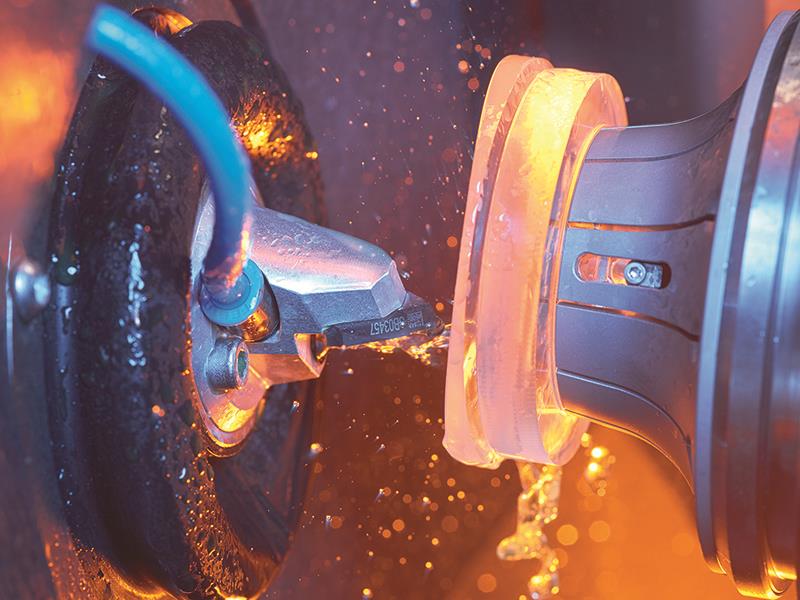
Coburn
Coburn’s latest lens generators are the Cobalt NX and Cobalt NXT & NXT+. The Cobalt NX Lens Generator is said to push the limits to produce superior quality lenses in terms of form and finish. Building on previous iterations, the new generation Cobalt NX incorporates enhancements including a linear motor and an integrated spindle to provide extra precision and more accurate lens geometry. This allows for superior lens quality across an index range of 1.498-1.74.
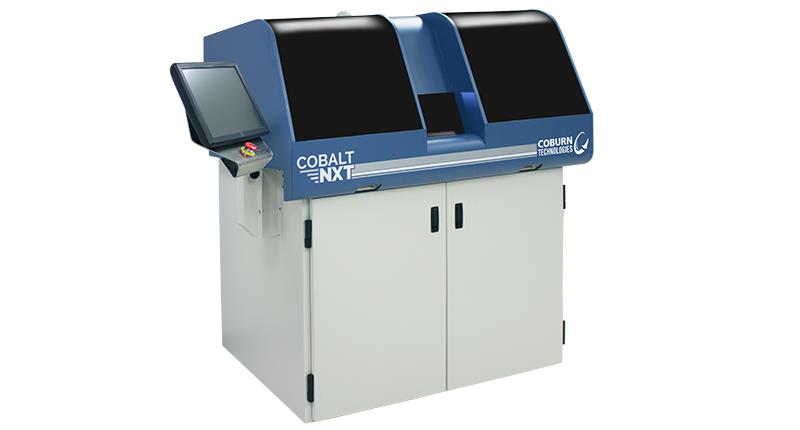
Other features include optional auto-calibration, on board engraving of simple shapes and alphanumeric characters using the secondary axis, interrupted cut which eliminates the need for a granulator, and the ability to cold mist/dry cut negates the need for expensive waste management.
The Cobalt NXT is the successor to Coburn’s previous large-format freeform generator, the Cobalt DS. The machine shares many features with the NX and additionally is automation ready and offers higher throughput allowing labs to process jobs faster. For smaller labs a good option from Coburn is the table top SGX Pro which provides progressive labs around the world with proven, high performance cutting technology for CR39, hi-index, and polycarbonate lenses.
Optotech
Optotech offers a suite of seven lens generator machines. The flagship high speed digital turning machine Flash Twin-A allows for the simultaneous milling of two freeform lenses while utilising high precision ball bearing workpiece spindles and an automatic loading system.
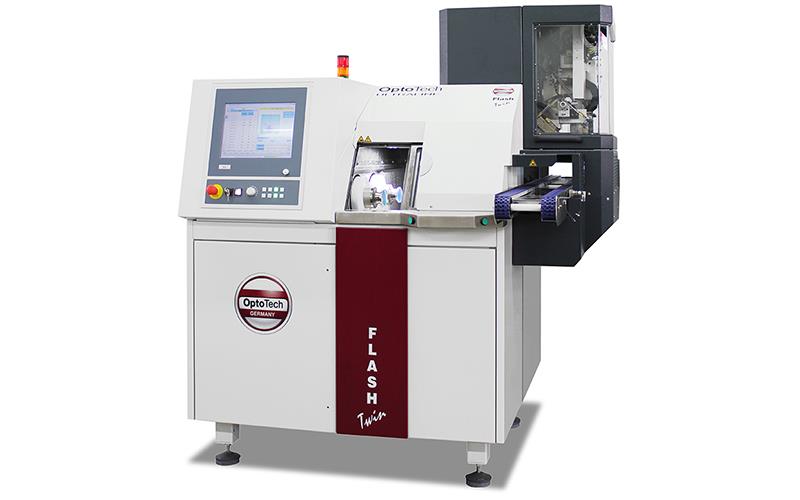
The machine is suitable for the production of freeform surfaces for ophthalmic lenses (elliptical and chamfer) for progressive spherical, toric and atoric lenses with prismatic, concave or convex surfaces made of plastic (CR 39, Polycarbonate, Trivex). Accessories and options include a cooling tank, barcode hand scanner, remote diagnostic and LAN connection. The machine can also paired with Optotech’s ESM Twin-A, which is said to serve as an ideal pre-cutter.
Schneider
Founded in 1986, the family-owned Schneider manufactures more than 500 machines in four different German production facilities. The company has seven lens generators offered to market under its High Speed Cutting (HSC) brand. The Nano line accounts for two of these, with the Nano X and Nano XP.
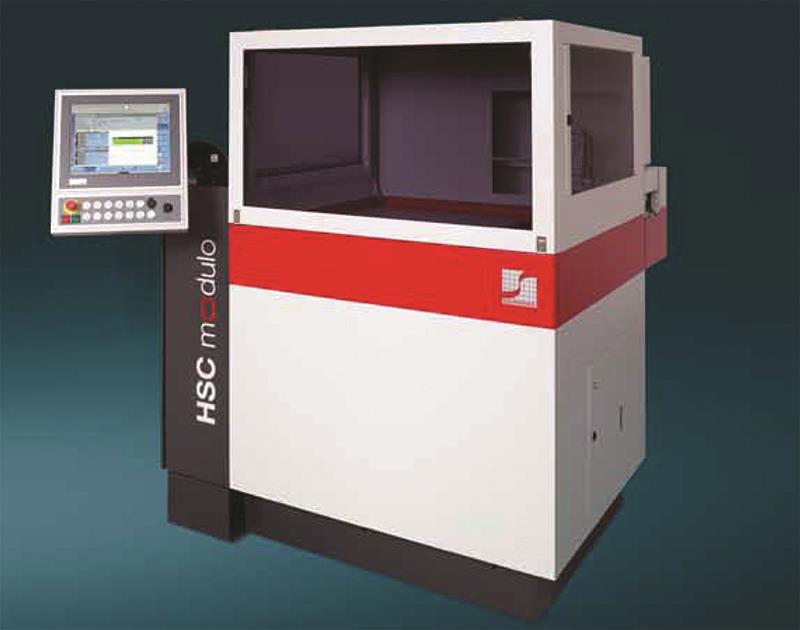
As the name suggests these machines take up a minimal amount of space, with the Nano X described as the smallest fully fledged freeform generator in the market. The HSC Nano XP model is designed to offer a higher performance than the basic X version and boasts full milling capabilities for fast polycarbonate machining, automated tool adjustment and a high speed laser engraving system.
For use in a fully automated environment, the HSC Modulo range features the base model alongside XT and XTS versions. The HSC Modulo XTS is the most advanced and features hydrostatic guidings, a reinforced machine base for robustness and new dynamic motors allowing for enhanced acceleration and better replication of lens designs.
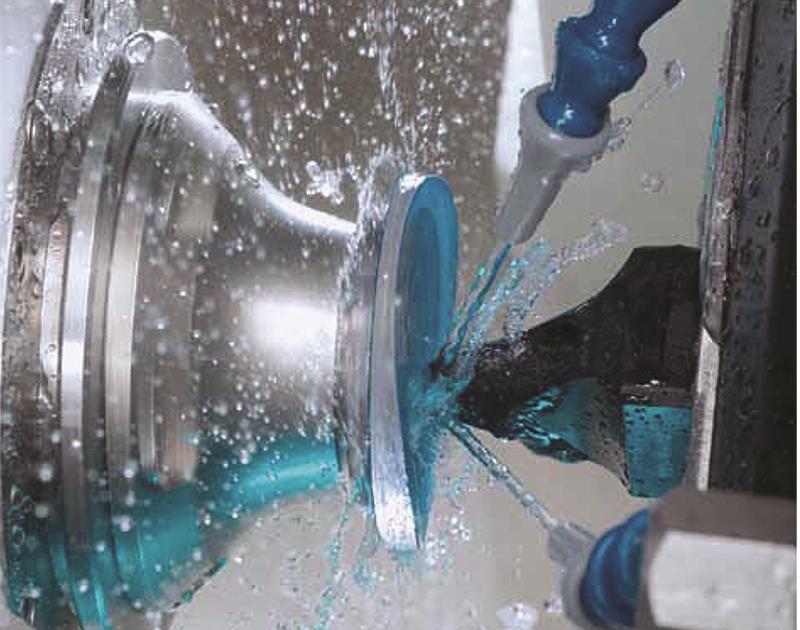
Schneider’s range of lens generators is rounded off by the HSC Sprint and HSC Smart X. Designed for mid to large sized labs, the Smart X can function in manual and automatic systems while the Sprint boasts a versatile compact design.
Comes
Italian lab equipment manufacturer Comes supply two lens generating machines, the Impact and Labor. The Impact is a single contact point freeform generator designed for prescription lenses and offering cut to polish technology for all organic lens materials with diamond tool and integrated chamfering station.
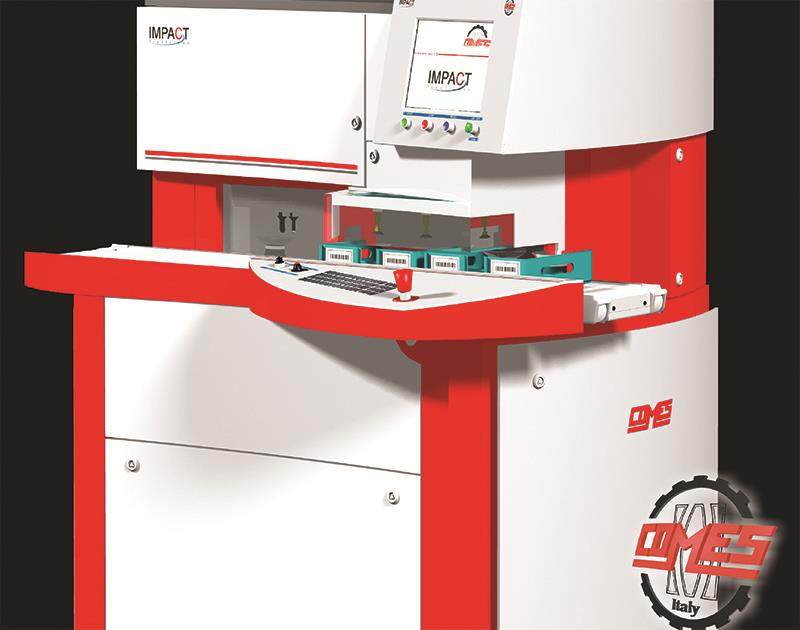
Labor is said to offer precision work to within a thousandth of a millimetre and completely eliminate elliptical error in mineral glass.
Chris Smith, managing director at Waterside Laboratories, gives his views on all things lens generation related.
Mike Hale How has the generation process changed for independent labs in your time in the industry?
Chris Smith The lens generation process changed beyond all recognition following the introduction of free-form digital technology. When I entered the industry, lens selection and surfacing calculations were still a manual process but nowadays lens design and manufacture is totally computerised. Tools and laps are no longer required for every permutation of lens and semi-finished progressives are now a thing of the past.
MH Is lens generation important to the quality of the finished lens?
CS Accurate lens generation is critical to the quality of the finished lens and is reliant not just on high quality manufacturing equipment but more importantly on using the best lens design software. Just using the latest equipment and software is not the complete answer, however, and it is essential to have experienced personnel who fully understand the processes. Fortunately, at Waterside we have Tony Dimaiolo our surfacing manager who has been with us since 1979 and his assistant Gary Munn, a relative newcomer who joined in 1994.
MH What are the advantages of state of the art lens generation machinery and equipment from a manufacturing perspective?
CS Everything now is manufactured from a semi-finished lens blank on a computer-driven, free-form generator. The generator can manufacture lenses using designs accurate across every point of the surface of the lens and accurate to 1/100th of a diopter. The advances in technology mean that the gap (if any) between the performance of ‘big brands’ and ‘independent brands’ is much narrower.
MH How do these advantages help optical practices?
CS It is becoming more important to be able to pick the correct ‘design’ to meet the patient’s visual needs, than to dispense a specific brand name. Since lens designers can easily customise and create new progressives, it should be much easier for practices to find affordable designs that work well for them and their patients – without compromising on quality and` performance. At the same time, they can potentially increase margins and profit for their business.
MH What are the main things to consider when generating a lens?
CS Using good quality lens blanks is essential and selecting the best base for the lens design/prescription. Smoothing and polishing affects the final lens quality but again it is essential to use the best lens design software. The performance of a lens can only be as good as the design that is used. At Waterside we exclusively use designs from Indizen Optical Technologies (IOT) an independent specialist company which is recognised as being at the forefront of free-form lens design.
MH What machinery and equipment do you use for lens generation at Waterside?
CS Since entering the free-form era we have always used OptoTech and consider them to be one of the leaders on the world market when it comes to technology and process engineering. Currently we have two free-form lines and we recently installed the company’s AR coating equipment also.
MH Why did you choose that particular manufacturer?
CS OptoTech is considered one of the technological and process engineering world market leaders in the circle of optical machine manufacturers. They offer great support and are at the forefront of lens manufacturing machinery. They have a UK based operations manager and we have a service programme to ensure the smooth running of all our lens making equipment. However, technology means that changes and improvements can nowadays be made remotely without the need for visits from service engineers.
MH How does the generation process fit into the wider lab flow?
CS The lens surfacing department is really the engine room of the whole process, but modern lab management systems ensure that the flow through every element of order processing through to dispatch is a smooth one. We use a full lab management system from Hawkstone with modules for pricing jobs, lens calculation, machine links, invoicing and commercial links, tracking and integration with our web ordering and other EDI systems.

